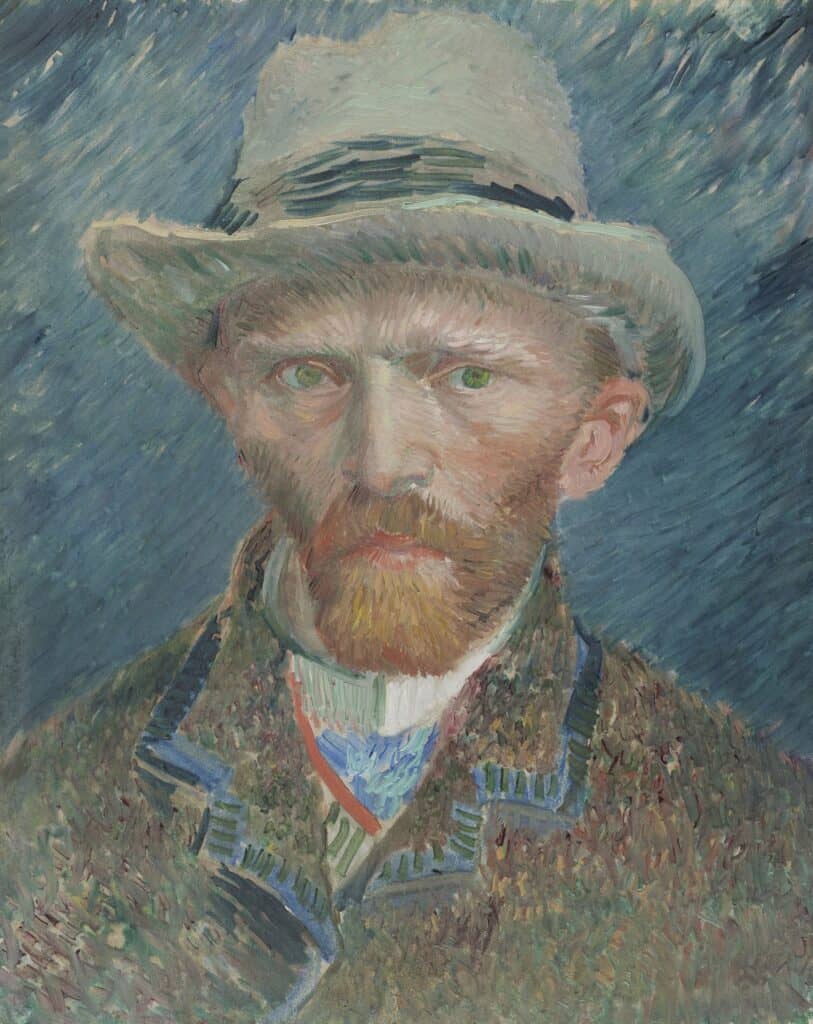Vincent van Gogh is largely regarded as one of the most incredible artists in the world and all it takes is one look at his work to understand why. That same single look will also reveal an indescribable amount of pain that ultimately led to the 37-year old painter’s death, which this article will be discussing.
The Dutch painter’s last words were as heartbreaking as you would expect. After a long and difficult battle with mental illness, van Gogh ended his life — and his pain — by means of a revolver. His last words were “Sadness will last forever.”

What was the meaning, and the underlying struggle, behind those four devastating words? How did the poverty-stricken artist spend his dying days? Let’s find out.
Vincent van Gogh’s Last Words
Like many artists of his time and ours, van Gogh had spent most of his life struggling in terms of finances and professional stability. He frequently suffered from psychotic episodes and had battled many delusions throughout his lifetime.
He has also been posthumously diagnosed by many a doctor as he displayed numerous signs of debilitating mental conditions such as manic depression, bipolar disorder, and borderline personality disorder. Other potential diagnoses vary from Ménière’s disease or lead poisoning right down to substance abuse or a particularly nasty case of sunstroke.
Van Gogh knew how to express himself not only through his paintbrush and canvas but through his penmanship. In some of the 650 letters he penned to his brother Theodorus van Gogh, his sister Wilhelmina Jacoba “Wil” van Gogh, and his fellow artists Emile Bernard and Paul Gaugin, the artist outlines his struggles with mental health.
In one letter addressed to Theo, he says “I have moments when I am twisted with enthusiasm or madness or prophecy… but in spite of all that, my spirits are very low.” and in another he describes feeling “as if one were lying bound hand and foot at the bottom of a deep dark well, utterly helpless.”
According to the same brother with whom he shared what are recognized today as suicidal thoughts, the last words uttered by a deeply troubled Vincent were “The sadness will last forever.”
Vincent van Gogh’s Last Day
Unfortunately, Vincent van Gogh’s last day was not a pleasant one. By this time, he was completing a painting each day and the day leading up to his death — 27 July 1890 — was no different.
While the specifics aren’t clear, and alternative theories are coming to light, it is thought that he began his day by visiting a wheat field that he had been painting in. What is clear is that he returned home to his Auberge Ravoux room clutching his stomach and walking with clear discomfort.
According to the daughter of the inn-keeper, Adeline Ravoux, moans were emanating from his room and he eventually admitted to the inn-keeper that he had tried to kill himself. It was then revealed that he used a Lefaucheux revolver to shoot himself in his chest area before promptly passing out in the field.
When the sun went down the coolness of the night air revived him and after failing to locate the revolver to successfully complete his suicide attempt he made his way home. He spent two days suffering before succumbing to his gunshot wound, with his little brother by his side.
If you are interested in exploring alternative theories regarding his death, a wealth of videos covering the topic can be found on YouTube.
Vincent van Gogh’s Last Painting
The post-impressionist painter was exceptionally busy in his last weeks on earth and he completed more than 70 pieces of artwork consisting of paintings, sketches, and drawings. Most of these pieces can be located in the Van Gogh Museum in Amsterdam.
Due to the sheer quantity of work he had produced in such a short span of time — coupled with his forgetting to date his work — it is difficult to know which of the many pieces was his final work of art.
Up until very recently, it was thought that his final painting was “Wheatfield with Crow” but a recent discovery indicates that “Tree Roots” is in fact most likely to be the last painting by Vincent van Gogh.
Either way, both paintings reveal much about the artist’s frame of mind at the time and many believe that the truth behind his death lies in the brushstrokes.